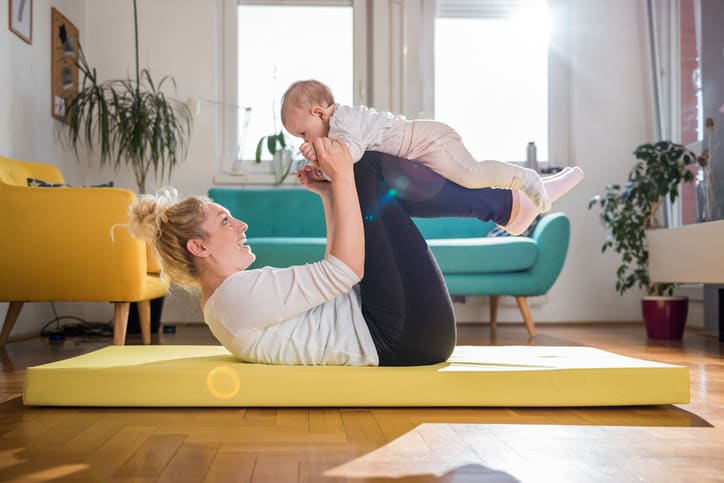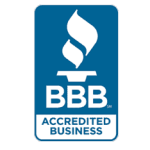
The Federal Healthy Homes Work group named 8 components of a healthy home:
Pest free, dry, safe, contaminant free, well-ventilated, well-maintained, thermal controlled, and clean. Most homeowners do well to follow this checklist, but certain oversights may be inviting allergens and contributing to poor health. Here are some mistakes that we make and solutions to make healthier homes.
Textiles
Too many textiles in the bedroom and living room can invite dust mites. Carpeting, rugs, pillows, upholstered headboards, and furniture are all dust catchers. Consider minimizing these items to ensure a more dust free room. Dust mites can also get into sheets and pillow cases. These can irritate allergies and asthma. Allergen proof casing for pillows and mattresses are available and have pores so small that dust mites and their waste cannot get through. Pet dander traps allergens and can cause sinus issues. If you cannot bear the thought of your fur baby not snuggling up with you at night, then be sure and bathe them once a week.
Ventilation
Ventilation is important in reducing mold. If you are cooking, steam from the stovetop will produce excess moisture. To reduce this, turn on the exhaust fan. Do the same in the bathroom. Taking a shower or bath or shaving causes this room to be one of the most humid in the house. Do not forget about your bathmat. It gets wet every day. To reduce mildew, hang it up to dry and wash every week. Leaky gutters can lead to excessive moisture in basements and crawl spaces. If your gutters are uncovered, you must remove any blockages year round. Trust your nose. If you smell something musty, locate the source. The sooner you find the mold, the easier it will be to remove.
Air Filters
HEPA (high-efficiency particulate air) filters are great at preventing tiny particles of dust being blown back into the air but must be replaced to be effective. Most vacuums now use HEPA filters but make sure that yours does. These filters should be changed after you start to see wear and tear or after 6 months. If you cannot remember the last time the filter was changed, it’s probably time to change it. Your home’s heating and air should never be running without a filter and these should be changed every three months.
Clutter
Do not let clutter or trash build up. Tackle that pile of junk mail or folders on the desk. Dust mites like to camp out in big piles of papers, old magazines, and office equipment. Bigger nuisances, like mice and roaches, begin to get comfy around trash. Do not let yours pile up.



